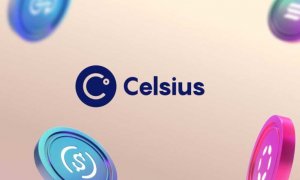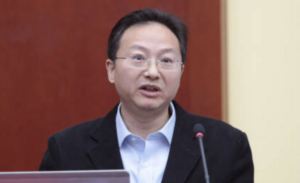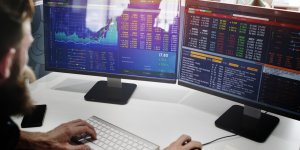Administrators of London Capital & Finance still have no access to call recordings database
The joint administrators are however taking steps for delivery up to them of call recordings.

The latest Bondholder Communication published by the Joint Administrators of collapsed London Capital & Finance (LCF) does not provide much hope in terms of progress of investigative work.
The Joint Administrators of Smith & Williamson LLP says they have received a number of communications from Bondholders recently, requesting recordings of their calls with LCF or Surge employees, in relation to their investments.
It should be noted that:
- The joint administrators do not yet have access to the call recordings database;
- The joint administrators are however taking steps for delivery up to them of call recordings;
- The administrators understand that in parallel the FSCS are taking steps to secure call recordings;
- The telephone recordings are not comprehensive. For example, the joint administrators are aware that a number of calls were made from mobile phones and accordingly there will not be records of these calls held by the third party provider which maintains the call recordings database;
- The joint administrators understand that the current third party provider only holds call recordings made/received during the last year prior to the FCA intervention in December 2018.
The first progress report, detailing the first six months of the administration, is set to be delivered August 29, 2019.
Let’s note that, FSCS’s investigation identified evidence of regulated activity where the Scheme believes LCF has liability. Following a review of call recordings and emails to investors, FSCS believe that Surge Financial Ltd (“Surge”), acting on behalf of LCF, provided a number of LCF clients with misleading advice, in both telephone calls and emails.
FSCS’s review identified a number of cases where Surge went beyond providing information to investors and made comments and value judgements that involved a significant element of evaluation and/or persuasion, i.e. they gave advice. Although the definition of advising has been narrowed for Part 4A permission purposes from 3 January 2018, the scope of FSCS protection was not affected and the Scheme is still able to protect advice without a personal recommendation. There was also misrepresentation of the security/risk of the mini-bonds and their ISA status.
Although Surge is not itself regulated, because it was acting on behalf of LCF and under its control, the Scheme is satisfied that LCF has liability for the advising carried out by Surge. Surge was not an appointed representative, but FSCS is satisfied that LCF is liable for Surge in this regard, as Surge was its agent acting with actual or ostensible authority and LCF is vicariously liable for Surge’s actions. LCF had few employees/staff, and all direct contacts with investors were via Surge, which is understood to have had approximately 40 staff who worked exclusively for LCF. Surge always held itself out as LCF when communicating with investors, e.g. by telephone and email. Sales were routed through Surge to LCF, such that investors would not have known that they were not dealing with LCF.
Only advising that happened after LCF became fully authorised on June 7, 2016 can be protected. FSCS understands that approximately 95% of current bondholders invested after this date. Further, in order to pay compensation, FSCS will have to be satisfied that a particular claimant received advice, relied on this when investing, and suffered financial loss as a result. Claims will also have to meet the usual requirements under FSCS’s COMP rules, e.g. as to eligibility.
The Scheme is in the process of designing its claims process in this regard and may obtain access to further investor communications from LCF’s administrators.









